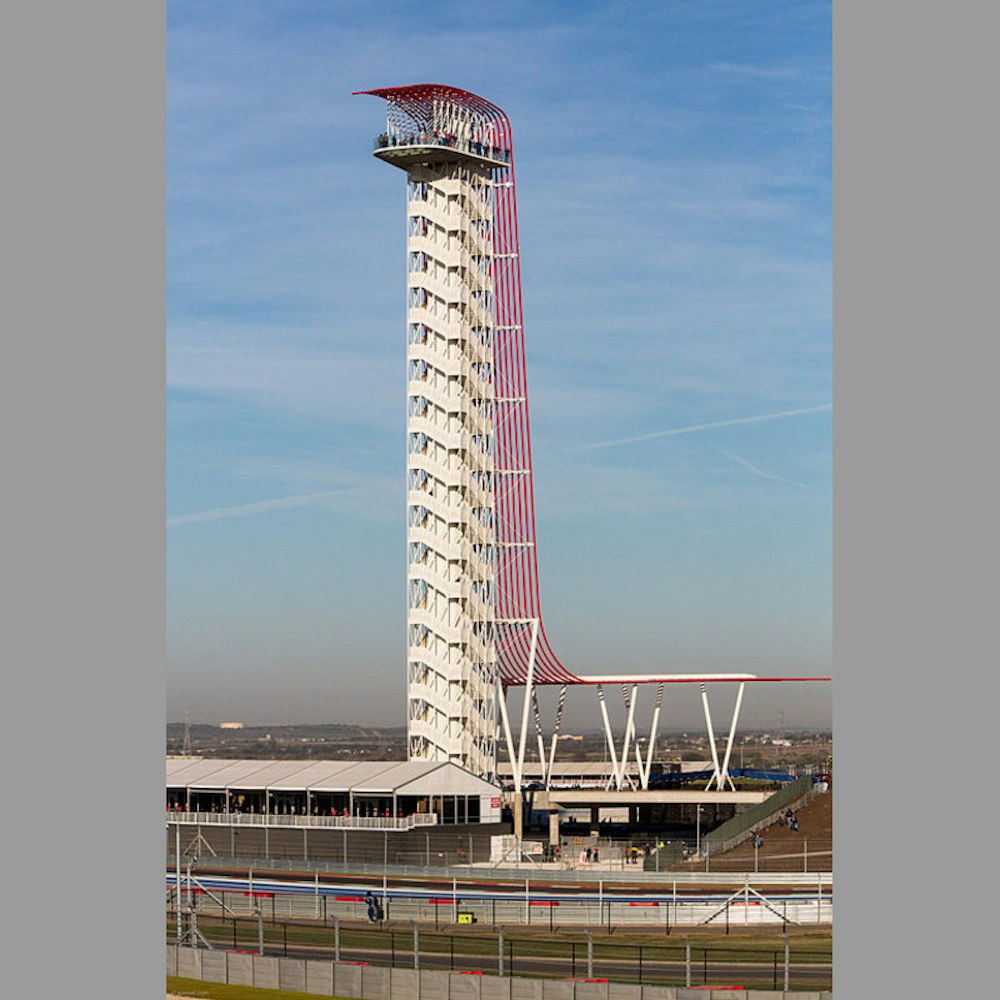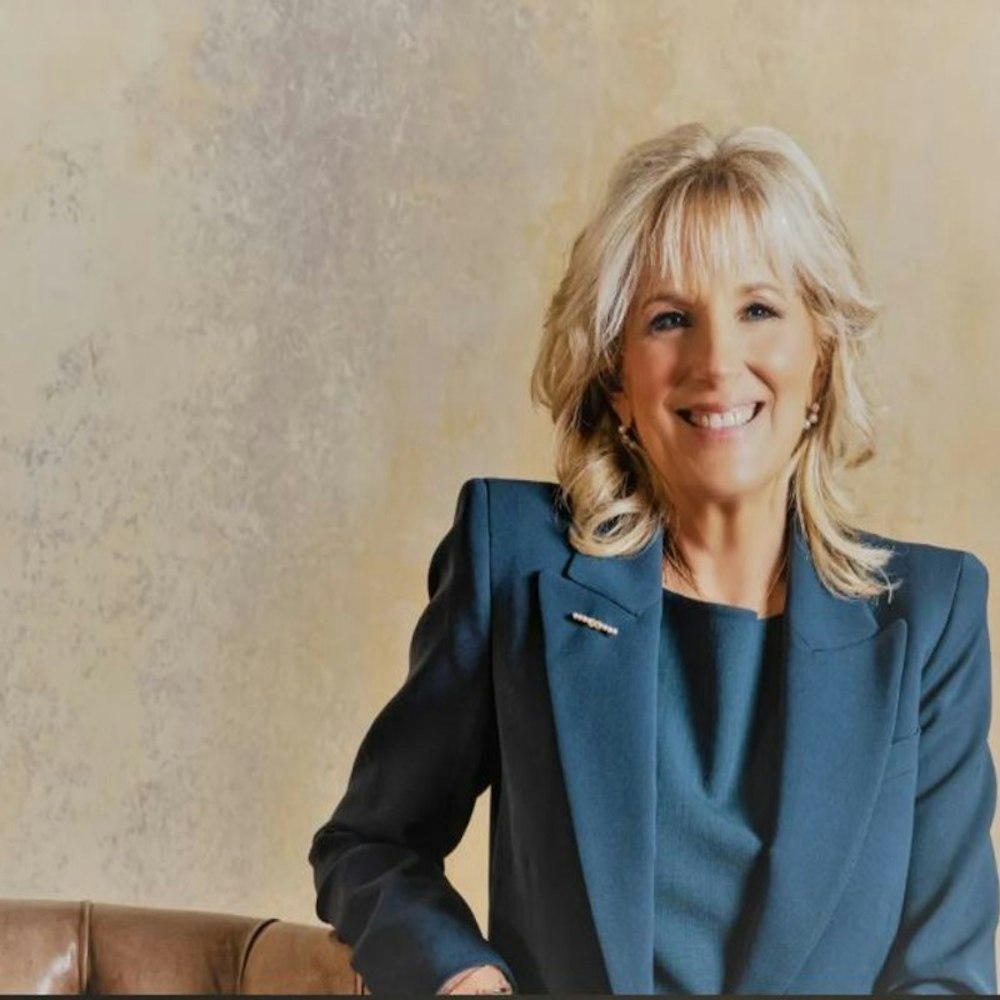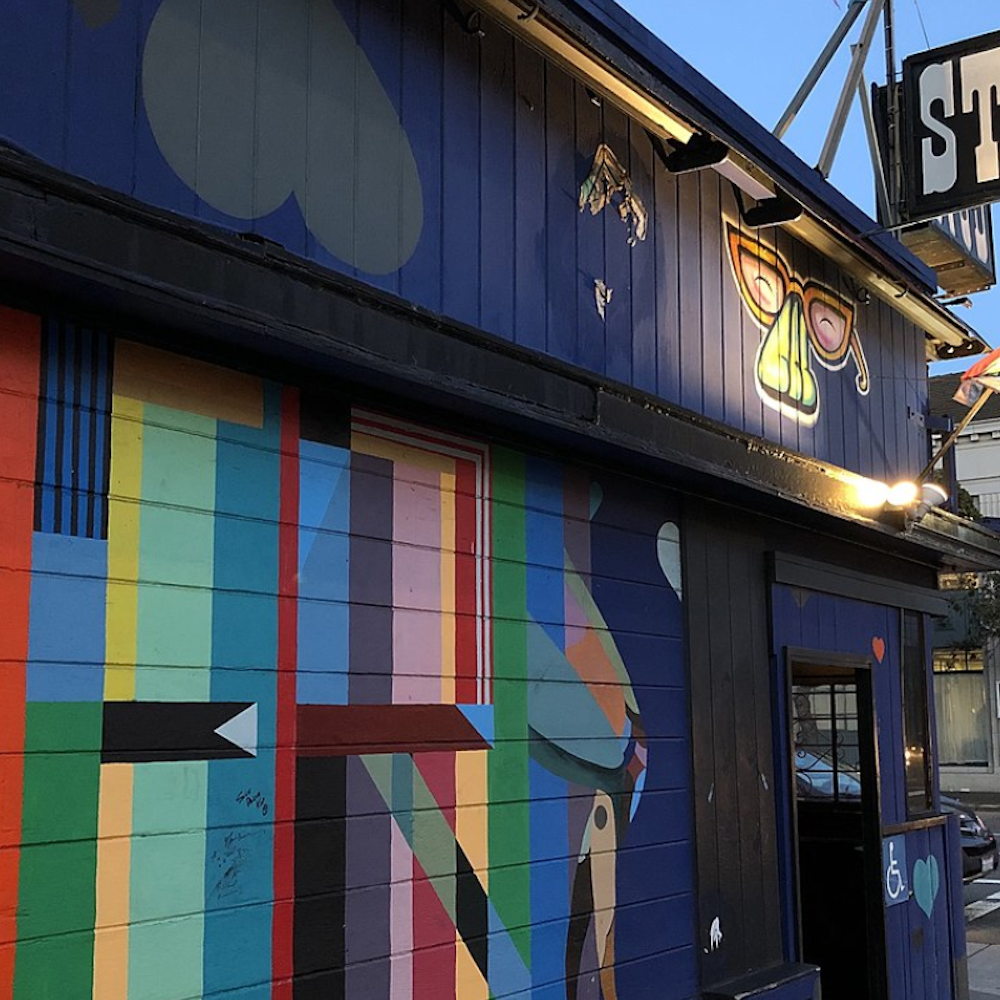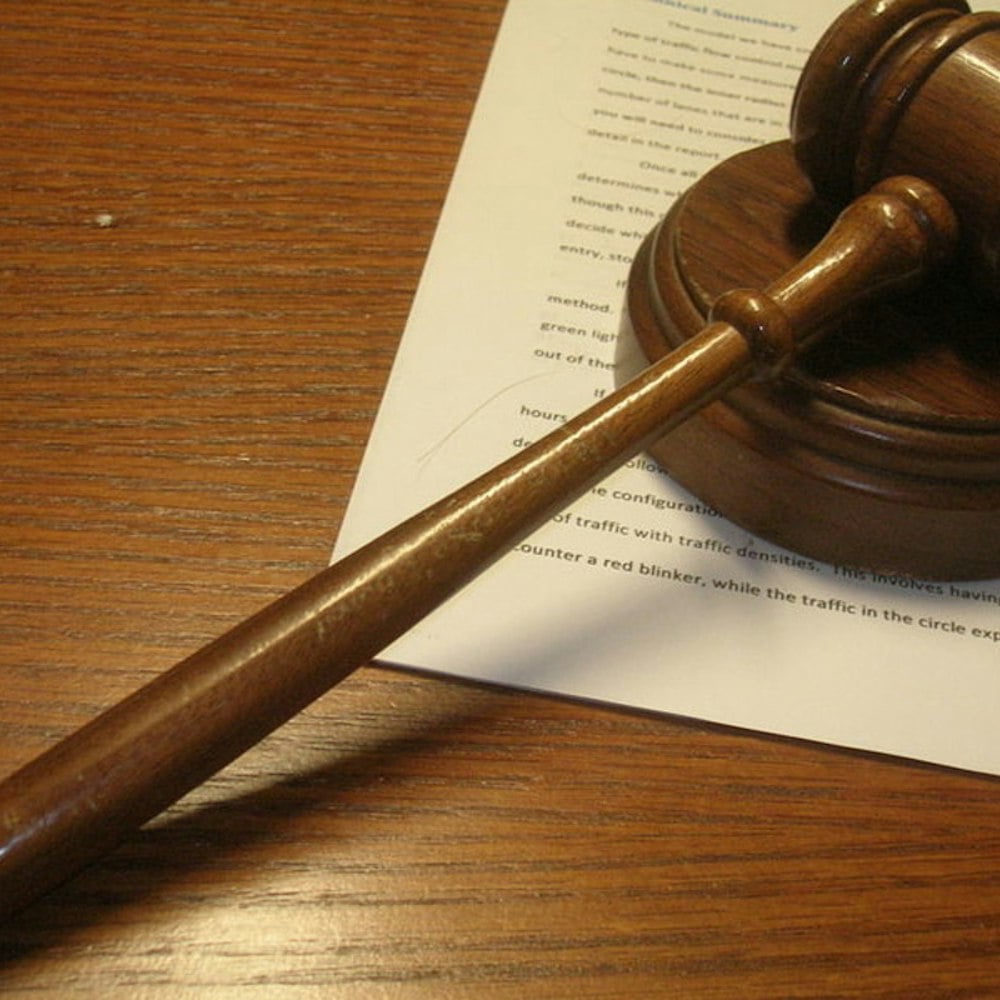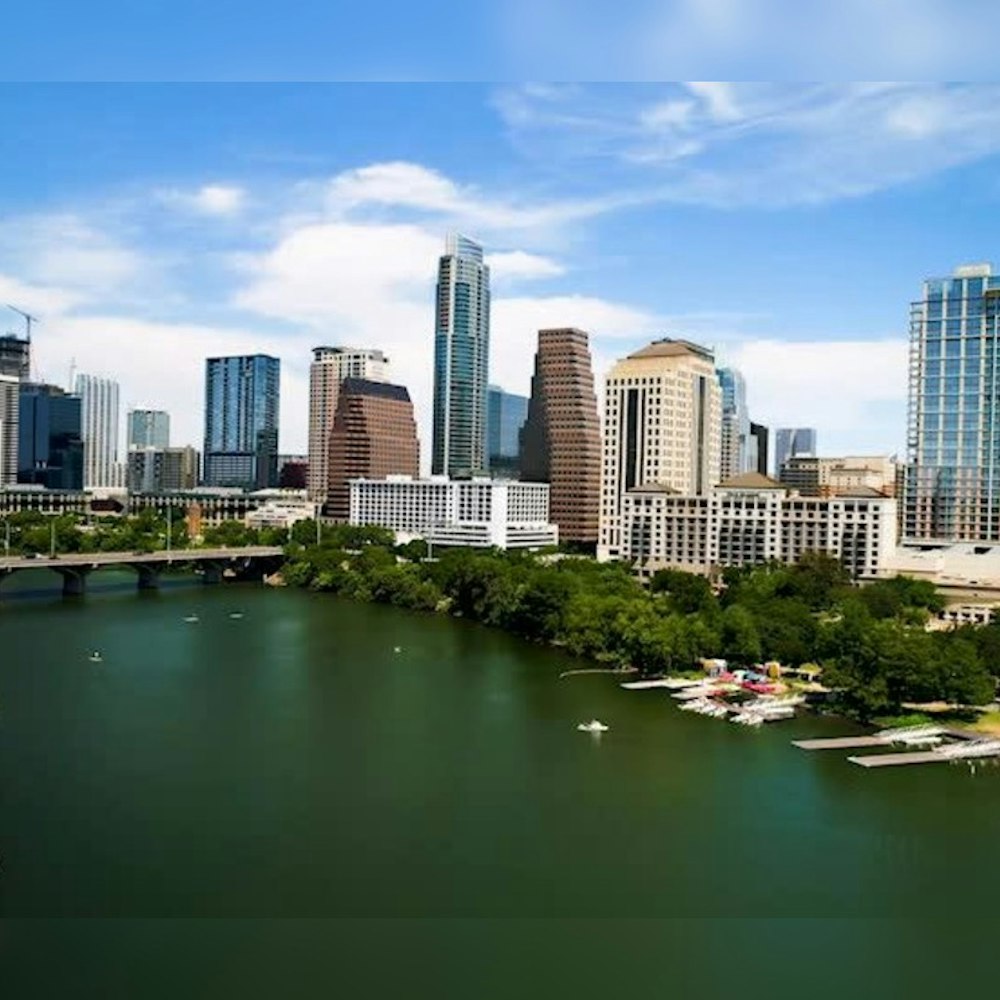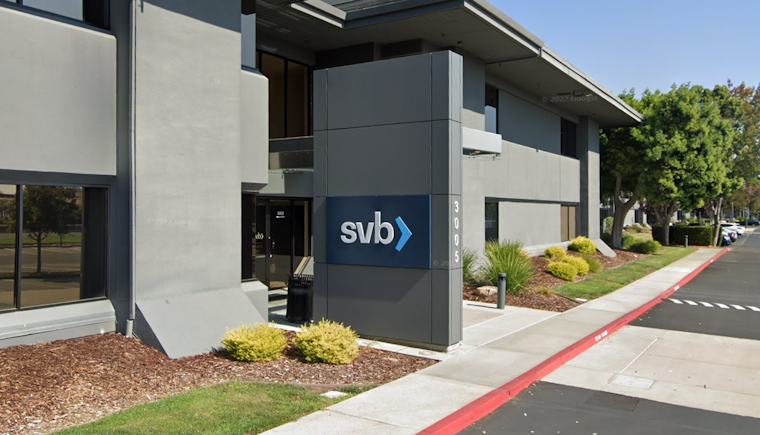
The 16th largest bank in the U.S. and one of the key lending partners to countless Bay Area tech startups has failed. Silicon Valley Bank, which is responsible for $210 billion in assets, collapsed on Friday, sending shockwaves across the U.S. economy. It is being reported as the biggest banking collapse since the fall of Washington Mutual in 2008.
Silicon Valley Bank is now in control of the U.S. Federal Deposit Insurance Corporation, a receivership takeover resulting in the FDIC liquidating SVB’s assets so the government can pay back the bank's customers. All of the bank’s customers are expected to have access to their deposits by Monday, March 13th.
SVB’s collapse happened quickly after it announced on Thursday a plan to raise $1.75 billion in order to, according to the AP, “strengthen its capital position amid concerns about higher interest rates and the economy.” This caused SVB’s shares to plummet 60% on Thursday, which led to a run on the bank Friday morning that ultimately forced state regulators to shut it down.
Other large U.S. banks are being seen as potentially in a similarly desperate position, but some experts are saying SVB's was a highly specific situation. CNN reports that trading of shares from other banks was stopped Friday, including institutions like Signature Bank, First Republic, and PacWest Bancorp. “SVB’s institutional challenges reflect a larger and more widespread systemic issue: The banking industry is sitting on a ton of low-yielding assets that, thanks to the last year of rate increases, are now far underwater — and sinking,” Klaros Group co-founder Konrad Alt said in a statement reported by the Mercury News. According to Bloomberg, Treasury Secretary Janet Yellen is now monitoring the health of ‘a few’ other U.S. banking institutions.
Many people are comparing the situation to the fall of Bear Stearns at the beginning of the financial crisis in 2008. However, others believe that banks have much more stability now compared to back then. “This is night and day versus the global financial crisis from 15 years ago. Banks were taking excessive risks, and people thought everything was fine. Now everyone’s concerned, but underneath the surface, the banks are more resilient than they’ve been in a generation,” Wells Fargo senior bank analyst Mike Mayo told CNN.
SVB opened in 1983 and was a public company by 1988. It's based in Santa Clara and has roughly 6,500 workers. Their fate remains unclear. Silicon Valley Business Journal reports that the 17 branches of the bank, located around California and Massachusetts, will be back open for normal business hours on Monday, and banking activity, including check clearing, online banking, and other services, will continue under the operation of the FDIC’s Deposit Insurance National Bank(DINB).

